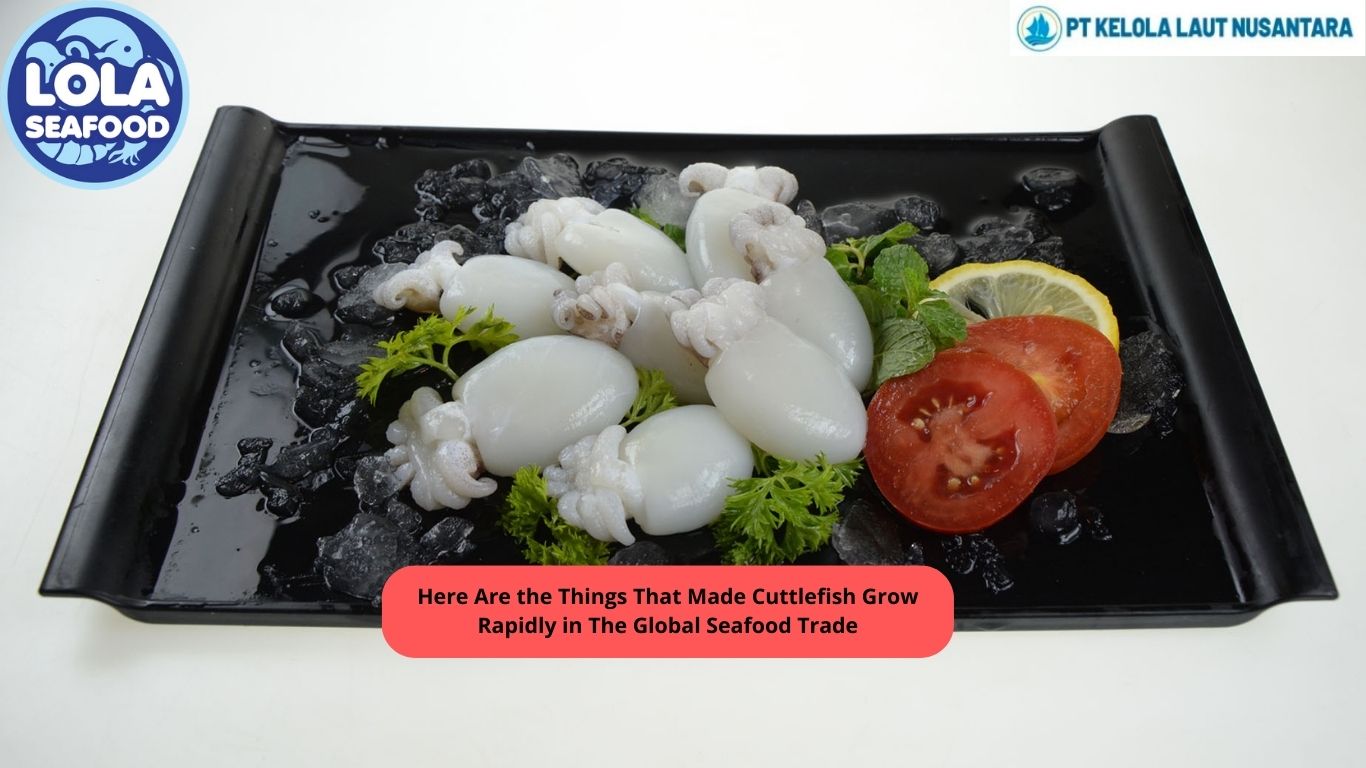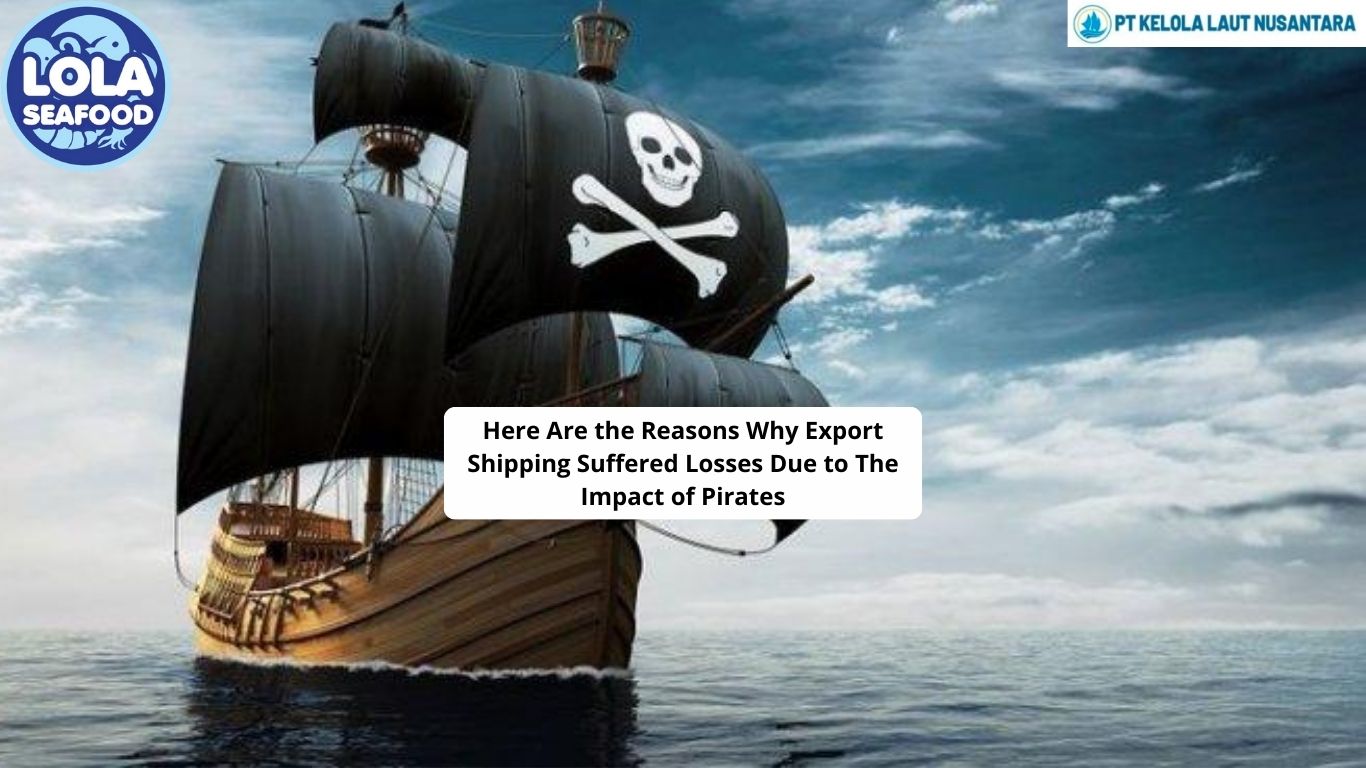The Fascinating Distribution of Pacific Mackerel
By. Nevanda - 18 Oct 2023
kelolalaut.com - Pacific mackerel (Scomber japonicus) is a pelagic fish widely distributed in the Pacific Ocean. This species is an important component of the fishing industry and has a significant ecological role in the marine ecosystem. This article will discuss the distribution and habitat of Pacific mackerel and the factors that affect their survival.
Distribution of Pacific Mackerel
Pacific mackerel is a widespread fish species in the Pacific region and can be found in many parts of the ocean, including the waters of North America, South America, East Asia and along the coast of Australia. Its distribution includes several subpopulations that can differ in migration patterns, size, and behavior.
Year-round observations show that Pacific mackerel tend to make seasonal movements to maintain a balance between water temperature, food availability and optimal environmental conditions. For example, they may migrate north during summer when seawater temperatures are warmer and return south when temperatures drop in winter. This phenomenon gives commercial fisheries the opportunity to follow mackerel according to season and location.
Read also: A Dive into Seafood Options to Boost Brain Development
Pacific Mackerel Habitat
Pacific mackerel inhabit several key habitats within the Pacific Ocean:
1. Warm and Cold Waters
Pacific mackerel are able to adapt to both warm and cold waters, but tend to be more active in waters with temperatures around 16-20 degrees Celsius.
2. Epipelagic Zone
Like other mackerel species, Pacific mackerel are pelagic fish that inhabit the epipelagic zone, which is the zone of sea surface waters where sunlight can still penetrate. They swim near the ocean surface in search of food.
3. Equatorial Zone
Pacific mackerel are found in waters near the equator when the water temperature is relatively warmer. This is one of the important zones for mackerel during their seasonal movements.
4. Coastal Region
Pacific mackerel can also be encountered along the coast under certain conditions, especially when searching for prey or when smaller fish are near the shore.
Read also: The Complex Situation of Skipjack Tuna Conservation
Wise fisheries management is also important to maintain the survival of this species. Overfishing can threaten mackerel populations, so catch limits, minimum sizes, and in-depth scientific research on mackerel behavior and migration are needed.
The sustainability of this species requires international cooperation in fisheries resource management and strict monitoring. By understanding more about the distribution and habitat of Pacific mackerel, we can maintain the balance of marine ecosystems and ensure the viability of this important fishing industry.
Read also: Safe Preservatives Used to Preserve Fish
.jpg)
 (1).png)


.jpg)
.jpg)
.jpg)

 (3).png)